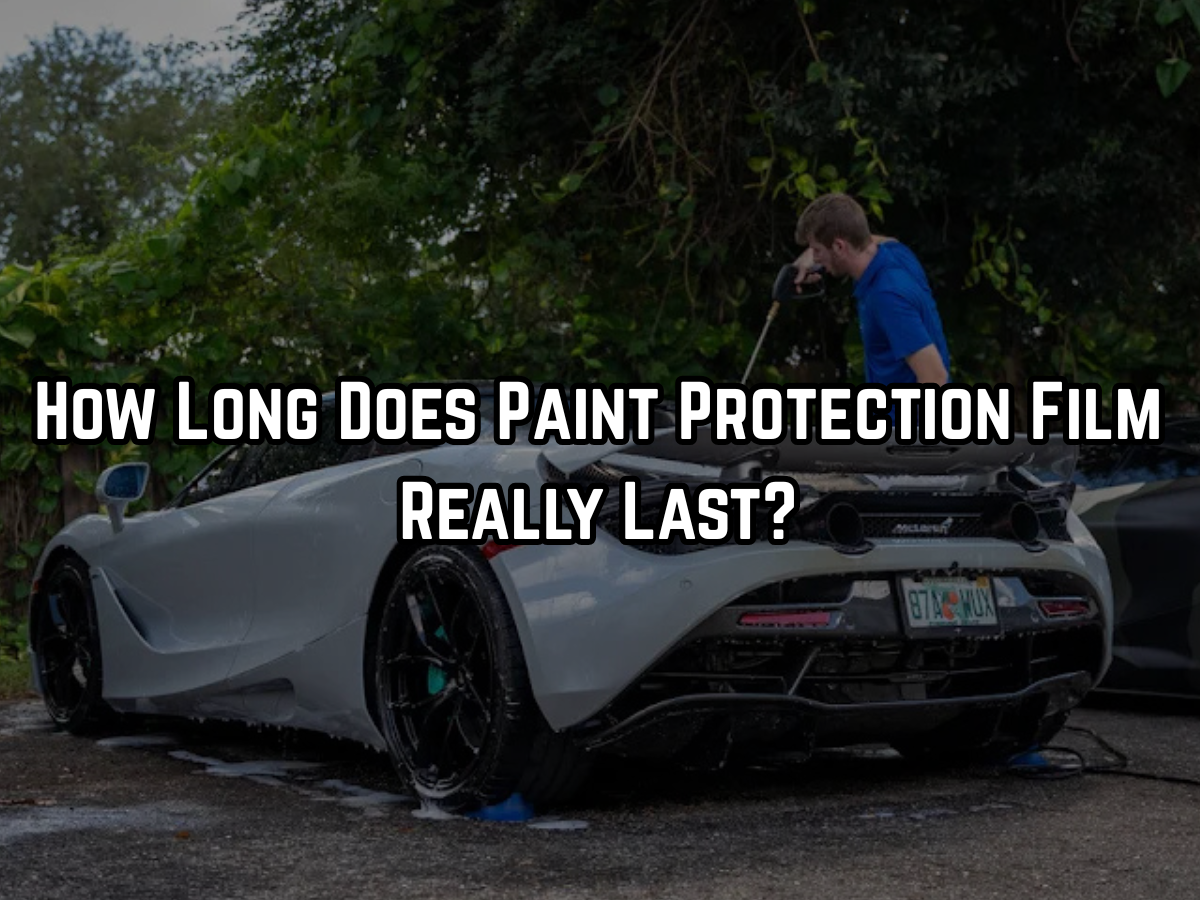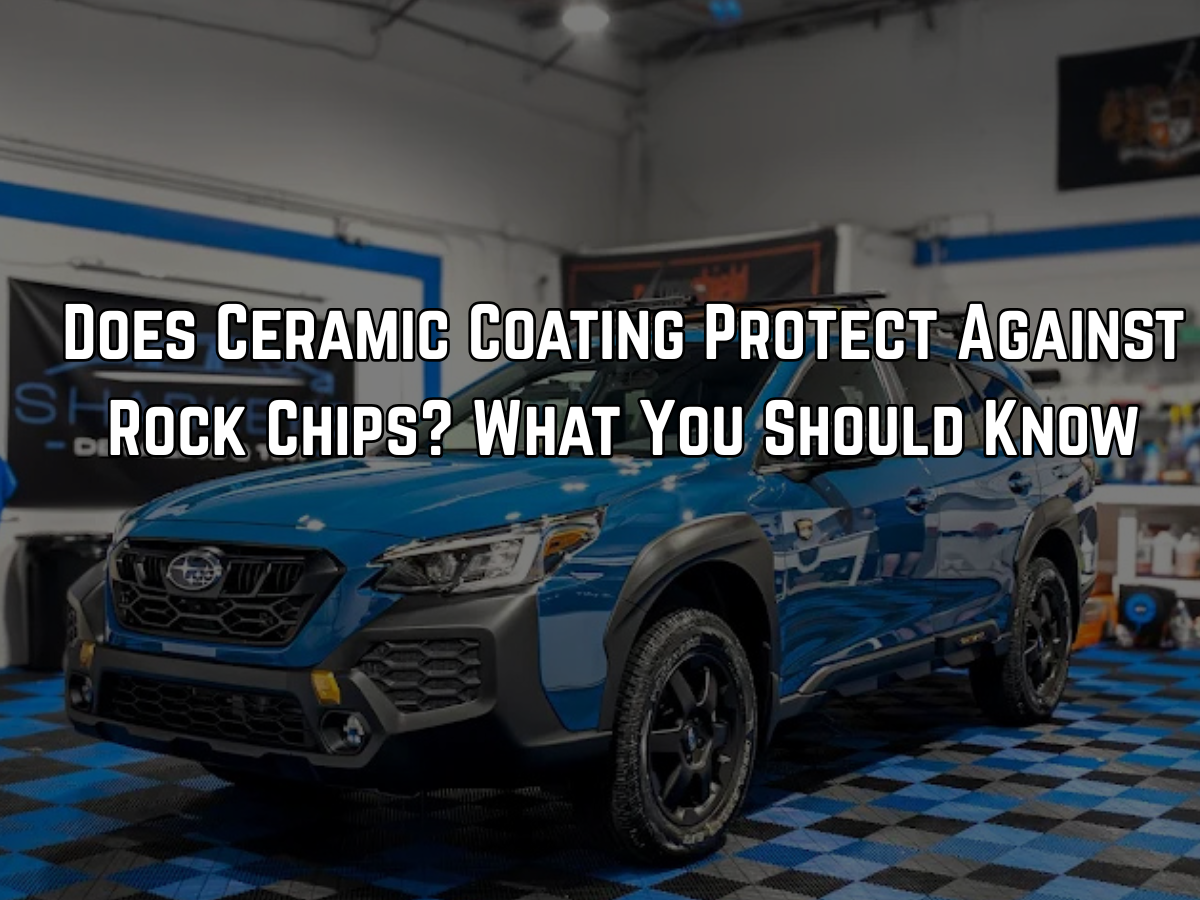Ceramic Coating Maintenance
How to Maintain Your Ceramic Coating for Long-Lasting Protection
Once you've invested in a ceramic coating for your vehicle, it's important to take the right steps to maintain it and keep your car looking its best. Ceramic coatings offer superior protection against dirt, water, and environmental contaminants, but to ensure the longevity and effectiveness of the coating, proper maintenance is key. In this guide, we’ll walk you through how to care for your ceramic-coated vehicle in three simple sections.
The Curing Period After Installation
After your ceramic coating is applied, the coating needs time to cure and fully bond to your car’s paint. This curing period is crucial for the effectiveness of the ceramic layer, so it’s important to give your car the right care during this phase.
Here’s what you need to know:
- 12 Hours of No Water Exposure: After the coating is applied, your car should not come into contact with water for at least 12 hours. This allows the ceramic coating to cure properly and ensures that the protective layer is fully set.
- Wait 3 Days Before Washing: While the coating is curing, you should avoid washing the car for the first three days. This ensures that the coating bonds completely without being disturbed by water or cleaning chemicals.
- Full Day and Night: Typically, customers leave their cars at the shop for a full day and night when the ceramic coating is applied. This gives the product ample time to cure before any environmental exposure.
Patience during this curing period will set the foundation for long-lasting protection. It’s tempting to clean your car right away, but giving it those few days is vital to the success of the ceramic coating.
Regular Washing to Maintain the Coating
After the curing process is complete, maintaining your ceramic coating is relatively simple. Regular washing is key to keeping the coating in good condition and ensuring the protection remains intact.
Here’s how you should wash your ceramic-coated vehicle:
- Wash Monthly: Aim to wash your ceramic-coated vehicle at least once a month. While the coating makes it more resistant to dirt and water, it doesn’t mean that dirt and grime won’t accumulate. A regular wash keeps contaminants from sticking and ensures the coating remains effective.
- Use pH-Neutral Car Soap: When washing your car, always use a pH-neutral car soap. Harsh chemicals can degrade the coating over time, so choosing a mild, balanced soap will help preserve the protective layer.
- Soft Wash Mitt: Use a soft wash mitt to avoid scratching the surface of your car. The ceramic coating makes the surface smoother, but it’s still important to be gentle when washing to prevent any damage.
- Dry with a Leaf Blower or Drying Towels: You can dry your ceramic-coated car using a leaf blower, which works well to blow off excess water. Alternatively, you can use drying towels to gently dry the surface. Avoid traditional car drying techniques like a chamois, which could cause scratching. The ceramic coating makes drying much easier, as water tends to bead and slide off quickly.
The beauty of ceramic coatings is that they reduce the effort required for regular maintenance. By sticking to these simple washing steps, your vehicle will stay protected and continue to shine.
Optional Waxes and Sealants
While a ceramic coating is all you need to protect your vehicle’s paint, some car owners like to apply additional waxes or sealants for an extra layer of protection or to enhance the car’s shine. However, it’s important to note that these additional products are completely optional and not necessary to maintain the integrity of your ceramic coating.
Here’s what you need to know about waxes and sealants:
- Not Required for Protection: Ceramic coatings already provide a robust protective layer that shields against contaminants, UV rays, and water. You don’t need to add wax or sealant for the coating to perform at its best.
- Won’t Hurt to Use: If you enjoy applying waxes or sealants and want to give your car an added glossy finish, feel free to use them. Just be sure to choose products that are compatible with ceramic coatings. Some waxes or sealants might interfere with the coating, so check the label before use.
- Enhanced Shine: If you're looking for an even glossier finish, applying a compatible wax or sealant could give your car that extra pop of shine, especially if the vehicle is parked in direct sunlight or under showroom lights.
Ultimately, the decision to use waxes or sealants comes down to personal preference. They’re not required to maintain your ceramic coating, but if you enjoy the process and the results, they can be a fun addition to your maintenance routine.
Conclusion
Maintaining a ceramic coating is relatively simple, and with a few key steps, you can keep your vehicle looking its best for years to come. Remember to follow the curing process after installation, wash your vehicle regularly with the right products, and consider adding waxes or sealants if you wish. With this care routine, your ceramic coating will continue to protect your car’s paint, keeping it cleaner and looking newer for longer. Happy driving!




